Kiswah is actually the cloth that covers the Kaaba in Mecca, Saudi Arabia. It is draped annually on the 9th day of the month of Dhu al-Hijjah, the day pilgrims leave for the plains of Mount Arafat during the Hajj. The term kiswah is indeed Arabic for ‘pall’, the cloth draped over a casket. The textile covering of the Kaaba has multiple parts, which are the most sacred objects in Islamic art.
The basic designs of the hizam and sitara have continued to the present, although the inscriptions embroidered in gold and silver wire have become more ornate over time. These inscriptions include verses from the Quran and supplications to Allah, as well as the names of the rulers who commissioned the textiles.
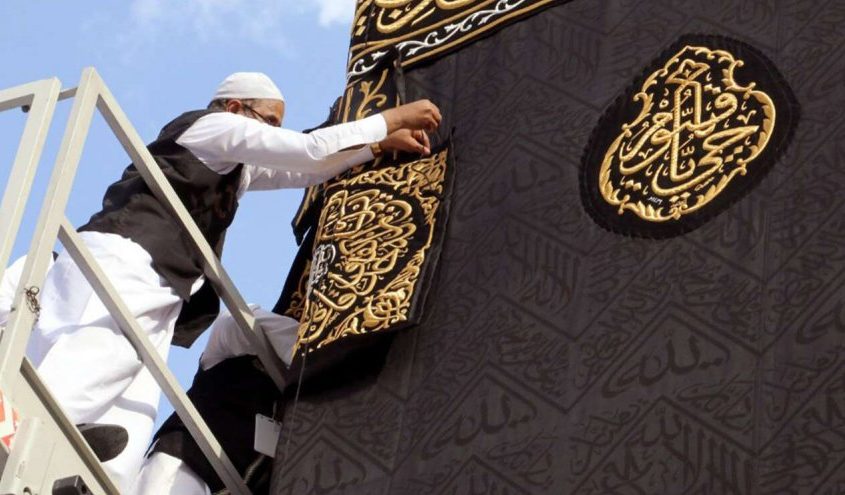
These are 5 interesting facts about Kiswah that covers the Kaaba in Mecca:
1) Changing Kiswah
Every year when the cloth of Kaaba gets changed then it gets cut into pieces for gifting to certain individuals as a thing of Honor. While some even share it with the Hajj Pilgrims who come from all around the world to perform Hajj.
2) Kiswah Color Keeps Changing
The color of the cover of the Holy Kaaba used to keep changing during the reigns of various Caliphs and rulers. In Prophet Muhammad PBUH’s time it used to be White color later in other eras, red then green and at the end, Black was used.
3) Kiswah Offered To The Grand Mother of Prophet Muhammad PBUH
Kiswa a long time ago was offered to the Grand Mother of Prophet Muhammad PBUH the color of Kiswa at that time was white, Prophet Muhammad PBUH used that in his time. That cloth was made of Yemeni cloth.
4) Yemen, Egypt, And Iraq Provides The Cloth of Kiswah
The cloth that makes the whole cover comes from Baghdad, Iraq, Yemen, and Egypt. Mohd Ali Pasha, Egyptian Viceroy had created the process of making this cover and made its state responsibility after splitting from the Turkish empire.
5) Kiswah Changing Date Was Altered
In the early days Kiswa used to be changed on 10th Dhul Hijjah but it was changed it 9th Dhul Hijjah.
Sources: Life In Saudi Arabia.

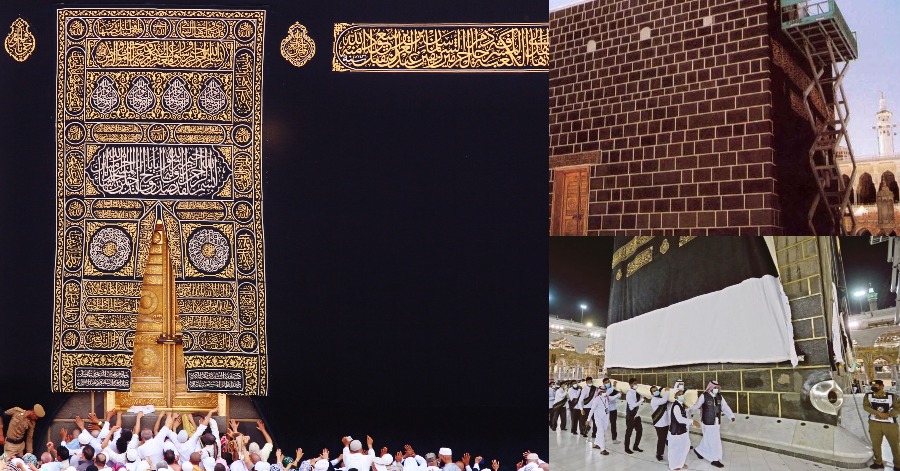
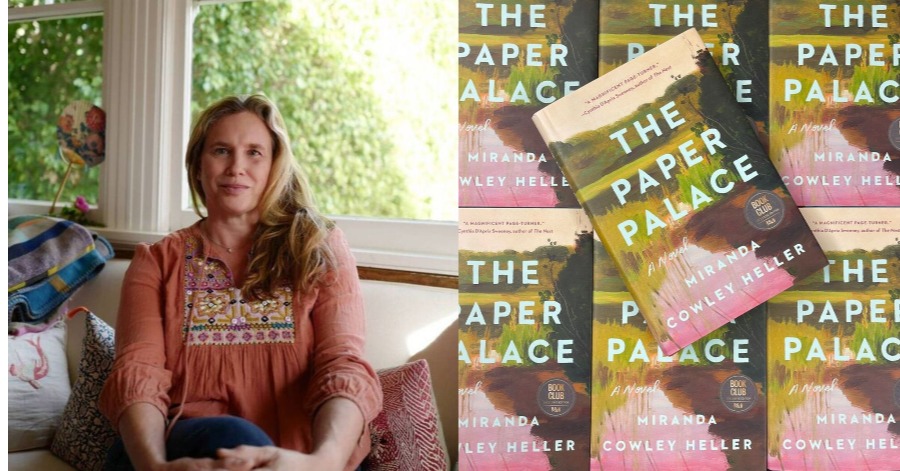
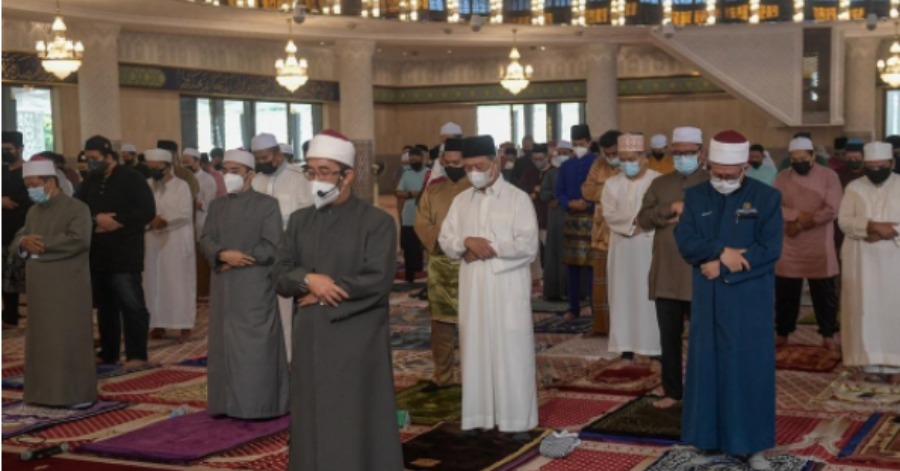

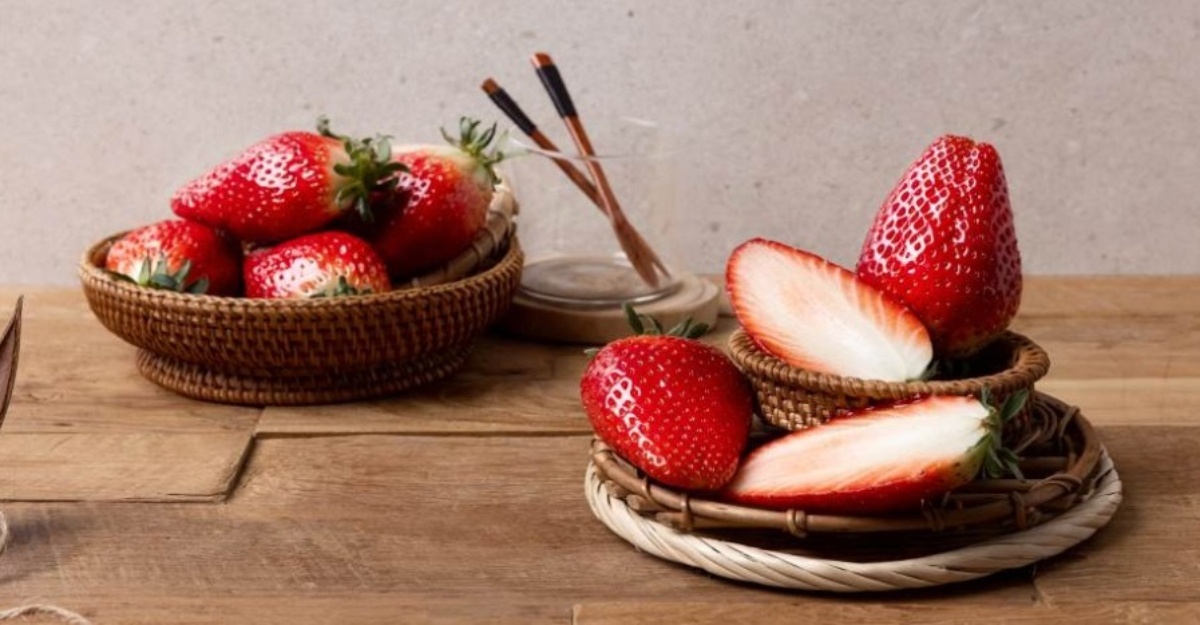

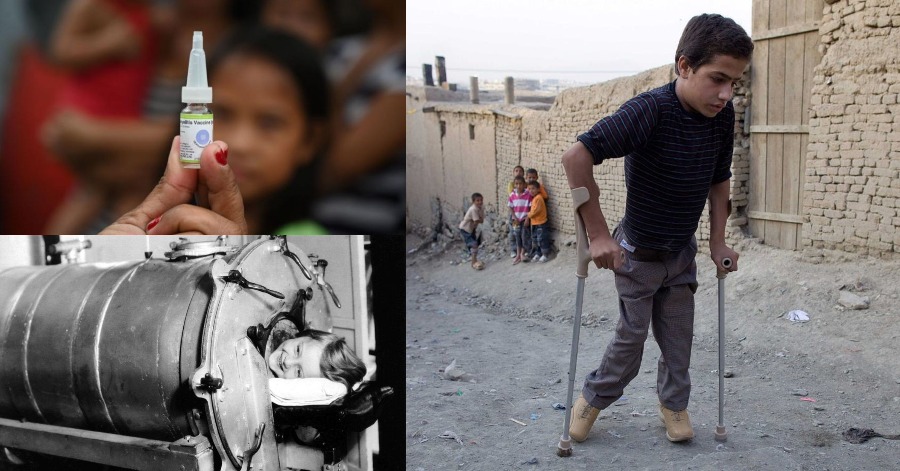
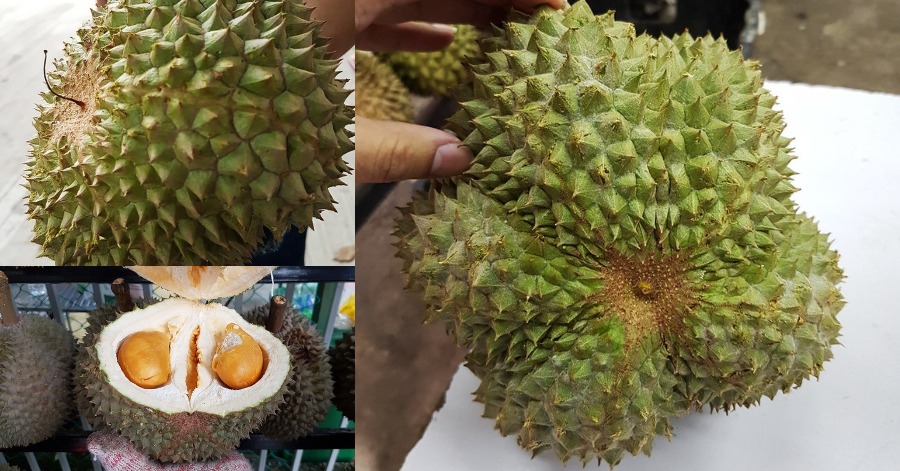
Leave a Comment